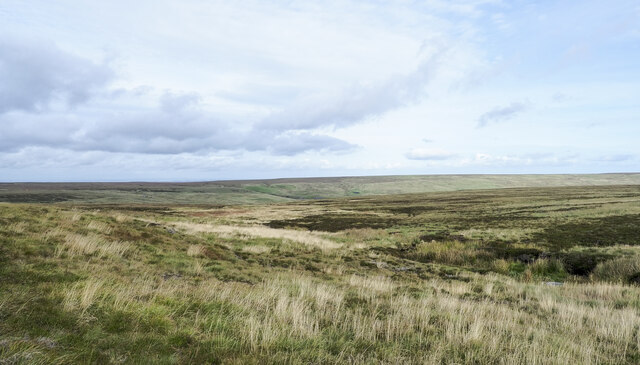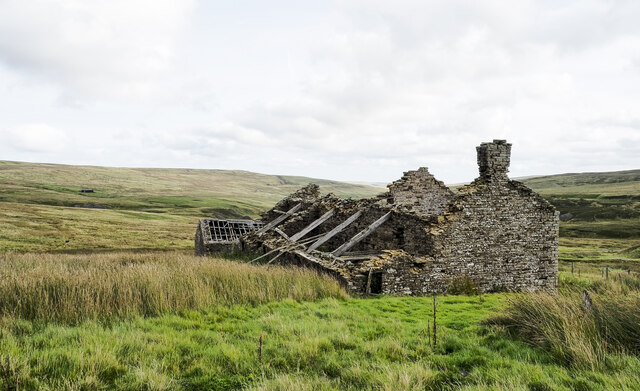Green Cleugh
Valley in Durham
England
Green Cleugh

Green Cleugh is a picturesque valley located in County Durham, England. Nestled in the North Pennines Area of Outstanding Natural Beauty, it offers breathtaking views and a peaceful atmosphere for visitors to enjoy. The valley is situated near the village of Blanchland and is easily accessible via the B6306 road.
Green Cleugh is known for its scenic beauty, with rolling hills, lush meadows, and dense woodlands. The valley is crisscrossed by a network of footpaths and trails, making it a popular destination for hikers and nature enthusiasts. The River Derwent flows through the valley, adding to its charm and providing opportunities for fishing and wildlife spotting.
The area is rich in flora and fauna, with a diverse range of plant species, including heather, bracken, and bluebells. The valley is home to various bird species, such as red grouse, curlews, and peregrine falcons, making it a haven for birdwatchers. Additionally, the valley is inhabited by several mammals, including otters, badgers, and foxes.
Green Cleugh has a rich history, with evidence of human settlements dating back to the Bronze Age. The valley was once a thriving mining area, with lead and coal mines operating in the 19th and early 20th centuries. Remnants of these industrial activities can still be seen in the form of old mine entrances and ruins.
Overall, Green Cleugh offers a tranquil escape from urban life, allowing visitors to immerse themselves in the natural beauty and rich history of the area. Whether it's a leisurely stroll, a challenging hike, or simply a moment of peace amidst nature, Green Cleugh has something to offer for everyone.
If you have any feedback on the listing, please let us know in the comments section below.
Green Cleugh Images
Images are sourced within 2km of 54.791799/-2.1810849 or Grid Reference NY8844. Thanks to Geograph Open Source API. All images are credited.











Green Cleugh is located at Grid Ref: NY8844 (Lat: 54.791799, Lng: -2.1810849)
Unitary Authority: County Durham
Police Authority: Durham
What 3 Words
///hurtles.depth.writings. Near Stanhope, Co. Durham
Nearby Locations
Related Wikis
Allenheads
Allenheads is a former mining village in the Pennines to the north of Weardale in Northumberland, England. Lead extraction was the settlement's industry...
Lintzgarth
Lintzgarth is a village in the civil parish of Stanhope, in County Durham, England. It is situated to the west of Rookhope. The Lintzgarth smeltmill was...
Lanehead
Lanehead is a hamlet in the civil parish of Stanhope, in County Durham, England. It lies at the head of Weardale, approximately 2 km west of Cowshill....
Cornriggs Meadows
Cornriggs Meadows is a Site of Special Scientific Interest in Upper Weardale in north-west County Durham, England. It consists of a group of fields, located...
Nearby Amenities
Located within 500m of 54.791799,-2.1810849Have you been to Green Cleugh?
Leave your review of Green Cleugh below (or comments, questions and feedback).









